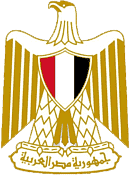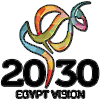The immune system is essential for the defense against infections and is critically implicated in various disorders, including im munodeficiency, autoimmunity, inflammation and cancer. The current study includes a new design of palmitoylated derivatives of thioglycolic acids (PTGAs) capable of triggering innate immune responses. The new series were accessible through a three- step synthetic route, including N- palmitoylation, Claisen–Schmidt condensation and thia- Michael addition. Their structures were elucidated using different 1D and 2D NMR spectroscopic techniques and their purity was confirmed by elemental analysis. The most active PTGAs induced a 12–26- fold increase in the expression of TNF- α and IL- 1β mRNA and triggered a marked re lease of NO in isolated macrophages. These levels were comparable to the responses elicited by heat- killed E. coli and S. aureus. The position of the palmitamide chain and aryl substitution had a significant effect on the TNF- α and IL- 1β mRNA expression and NO release. Simulations of molecular dockings showed that the new PTGA derivatives occupy the same TLR2/TLR6 het erodimer active binding site of the microbial diacylated lipoproteins. The new immunomodulators may have a profound impact on various clinical disorders associated with dysfunctional innate immunity.
Research Date
Research Department
Research Journal
Chemical Biology & Drug Design
Research Vol
104
Research Year
2024
Research Member
Research Abstract



